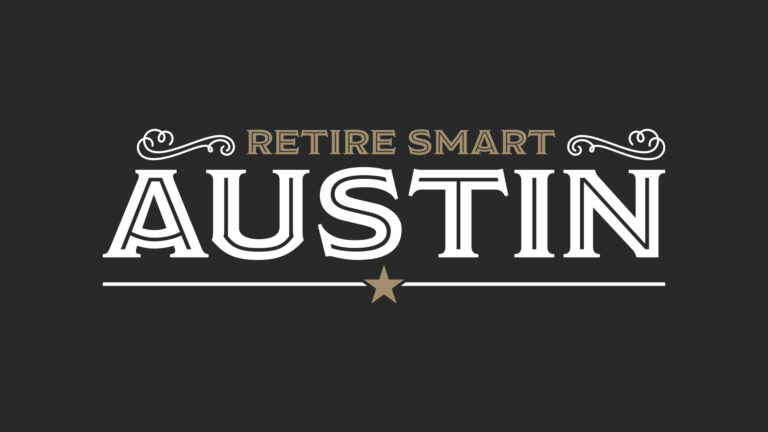The same conversation has, understandably, been repeated many times. The questions are similar: “What do we do when a trust (or estate) is IRA beneficiary? How do we set up the account? Aren’t we now stuck with the high trust tax rates?” Of course, there is not enough space here to get deep into the weeds, but there are some foundational considerations to cover when it comes to this confusing topic.
Account Ownership. When a trust or estate is named as IRA beneficiary, then the trust or estate is the beneficiary. The beneficiary is NOT the trust beneficiaries or the beneficiaries of the estate. We do not get to automatically disregard the trust or estate and set up an inherited IRA for any of those people (assuming they are people). In fact, we must set up a trust-owned or estate-owned inherited IRA. The trust or estate oversees the account – or more specifically, the trust trustee or the executor of the estate is in charge. For a trust-owned inherited IRA, the titling of the account might be something like: “William Smith, IRA (deceased June 1, 2021) F/B/O Adam Johnson, Trustee of The Smith Family Trust, beneficiary.”
Payout Rules. An estate is a non-designated beneficiary, or what I like to call a “non-person” beneficiary. When a non-person inherits an IRA, there are only two possible payout structures (not counting a lump sum distribution): the 5-year rule or the “ghost” rule. Which payout rule applies depends on when the original IRA owner died in relation to his required beginning date (RBD). The RBD is April 1 of the year after the year a person turns 73 (or whatever RMD age was in effect at the time, e.g., 70 ½ or 72). When death is before the RBD, we get the 5-year rule. There are no required minimum distributions (RMDs) during the 5 years. The account must simply be emptied by the end of the fifth year after the year of death.
When death is on or after the RBD, we use the ghost rule. Annual RMDs apply to the estate-owned inherited IRA based on the deceased IRA owner’s remaining single life expectancy, had he survived. Use the decedent’s age in the year OF death to find the initial factor. Then subtract one from this factor for each successive year.
If a trust is named as IRA beneficiary, and if that trust passes the “look-through” or “see-through” rules, we can avoid the 5-year/ghost payouts. With a see-through trust, we can “look through” the trust to the trust beneficiary and use that person’s status to determine the payout applicable to the trust-owned inherited IRA. For example, if the trust beneficiary would be subject to the 10-year rule, then we use that. If the trust beneficiary qualifies as an eligible designated beneficiary (for example, because she is disabled), then we can apply that person’s age for full lifetime RMD stretch payouts from the trust-owned inherited IRA.
Taxes. It is often assumed that with a trust or estate as IRA beneficiary, high tax rates will automatically apply. For comparison purposes, trusts hit the 37% bracket in 2024 when ordinary income exceeds $15,200. A married couple, filing joint, doesn’t hit the 37% bracket until income exceeds $731,200. But the high trust tax rates only apply when payouts from the trust-owned inherited IRA remain in the trust account. Such is not always the case. Oftentimes, dollars paid out of a trust-owned (or estate-owned) inherited IRA will flow through the trust or estate and be distributed to the trust or estate beneficiary. This allows the taxes due to be shifted to these beneficiaries at whatever their personal tax bracket may be.
When a trust or estate is the beneficiary of an IRA, there are special rules that must be followed. Things can get complicated quickly. Before haphazardly opening new inherited accounts and bouncing IRA money around, it is important to understand some basic concepts – like ownership structure, applicable payout rules and taxes.
What’s the Process When a Trust (or Estate) is IRA Beneficiary?




